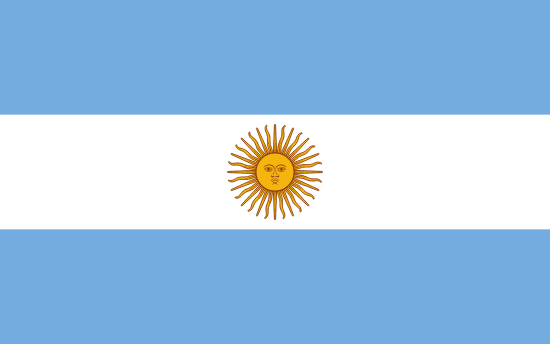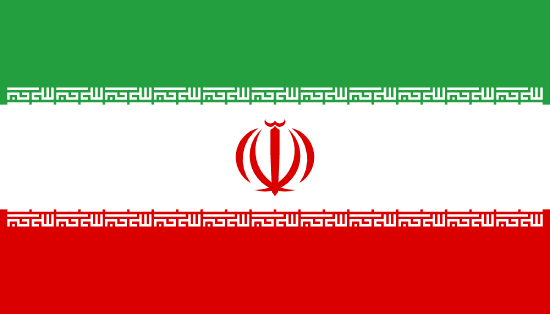Difference between corona treatment and plasma treatment
What is the difference between plasma treatment and corona treatment? Not to mention that many customers are confused, many even the industry is ambiguous, it seems to be similar, so here to tell you the difference between plasma treatment and corona treatment.
First of all, technically speaking, plasma is the fourth state of matter produced by the ionization of gases. It is common to heat a solid to become a liquid; a liquid to become a gas, and gas to become a plasma when heated again; since corona also ionizes the atmosphere (gas), the corona is actually a form of plasma. In principle, plasma and corona machines are the same
As mentioned earlier, corona processors ionize the air. It is often used in the film, roll-to-roll, marking, logo printing, and sheet processing industries. The term corona processing is reserved for systems that ionize air without the use of any additional gas. Depending on the dielectric used (electrodes and grounded rollers), purple corona discharges may appear very smooth and uniform, or may include visible filamentary discharges that appear as "spikes". Corona treatment is a proven product in these industries and is an excellent and extremely effective way to improve the surface energy and adhesion of printed, coated, and laminated films.
Plasma Cleaning Treatment Technology
In the film processing and sheet processing industries, the term plasma is used exclusively for those surface treatment machines that provide an external incoming gas for ionization, such as argon, nitrogen, or helium. When corona treatment again ionizes only air, the use of a plasma system does not produce the desired treatment results. In some cases, plasma treatment will produce a higher and longer-lasting surface finish than corona, but plasma cleaners are costly and corona machines have much less capacity and cost than plasma.
Looking at the entire development of plasma and corona machines, corona and plasma have developed in somewhat different ways. The early corona systems used to treat objects tended to provide very low power and were effective in only a few applications, and most early industry material treatment was plasma. As corona system technology evolved, they became significantly better at handling. Significant improvements in power supplies and treatment discharge heads have led to improved performance, and corona machines can now easily achieve over 60 KW of power. Plasma usually has no need to do such high power, so there is not only a cost advantage but also a technical advantage when treating the plastic and metal film and sheet materials. Of course, the higher the power of the corona machine, the higher the requirements for the entire discharge technology, such as the gap between the electrodes must be uniform and a series of requirements, or there will be serious quality problems
Atmospheric pressure plasma technology
There are two main categories in the air plasma series, spin-jet plasma, and direct-jet plasma, in fact, there is another type called fan plasma, which is similar to spin-jet. Spin-jet plasma is most similar to corona processors, and some companies that specialize in corona machines call spin-jet plasma a 3D or 3-dimensional surface corona machine for three-dimensional materials. A spin-jet plasma is formed by blowing the atmosphere through two high-voltage power supply electrodes. The discharge causes the surrounding ionic particles to become positively charged. Through direct contact, these particles become positively charged to the treated area of the object's surface. The discharge looks similar to the discharge that may be seen on standard corona processors used in the thin film processing industry.
Spinet plasma usually uses multiple nozzles at a time to increase the cleaning area, with one nozzle typically 5cm in diameter, applying 8 or even 10+ nozzles at a time increases the treatment area a lot, although the cost also increases exponentially. Of course, the largest treatment area is obviously the corona machine, which can directly deal with the width of more than 2 meters, so those relatively thin-film coils, are using corona machine processing, high capacity, good results, low cost.
The direct injection plasma system pushes pressurized air through an electrode which is discharged inside the processor's head. The electrode produces positively charged ions in the surrounding air particles. As the high velocity stream of charged ions is directed to the surface of the substrate, the air pressure forces the air particles to accelerate away from the tip of the head. Through direct contact, these particles make the surface of the object positively charged, increasing its surface energy and making it easier to bond inks and coatings. In general, direct-jet ion air plasma systems provide better cleaning results than blown-arc air plasma systems. However, direct-jet plasma cleaning is limited in area and is usually used for operations such as wire and cable labeling
The third type of plasma processor is called vacuum plasma. This technology ionizes gaseous chemicals, not just the atmosphere. These systems can effectively handle surfaces that do not respond to air plasma treatment. A variety of complex and difficult material surfaces are addressed, although the cost is also much more expensive than corona machines and atmospheric pressure plasma








 العربية
العربية français, langue française
français, langue française हिन्दी, हिंदी
हिन्दी, हिंदी Bahasa Indonesia
Bahasa Indonesia فارسی
فارسی Português
Português русский
русский Español
Español Afrikaans
Afrikaans